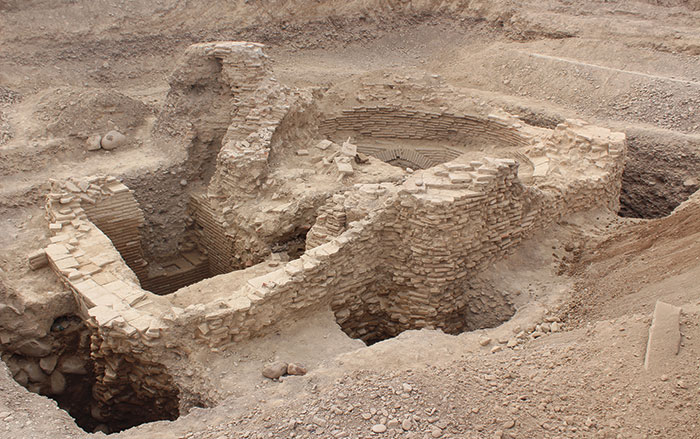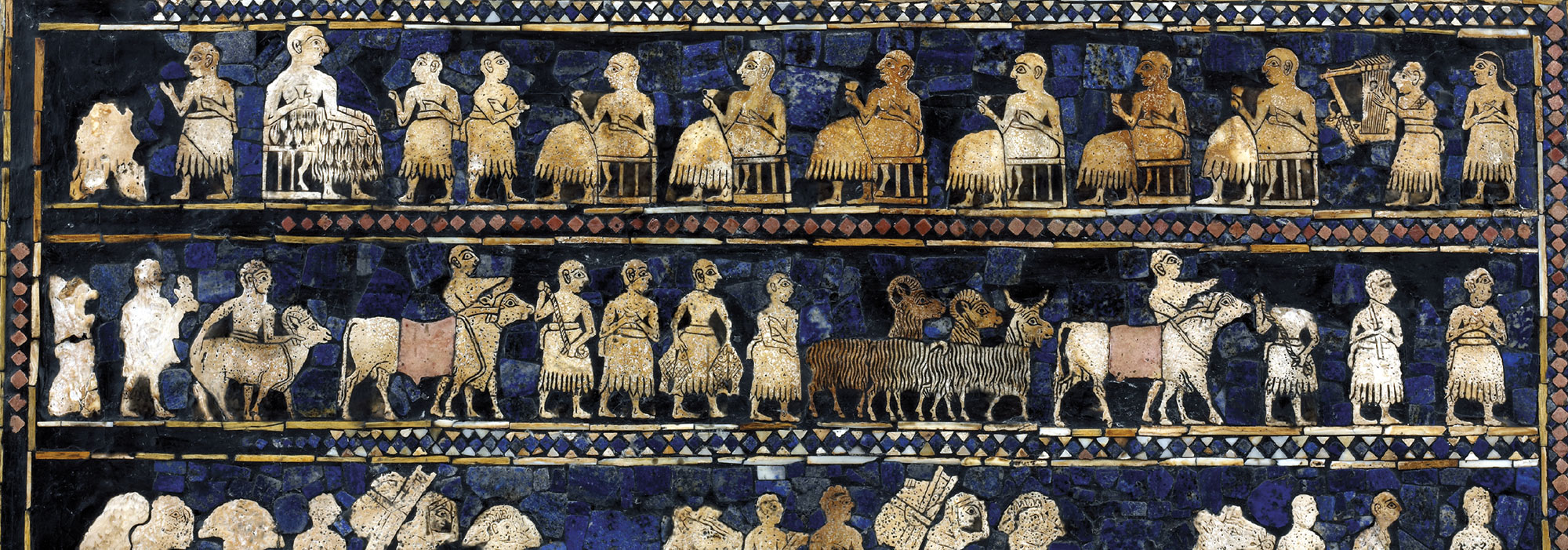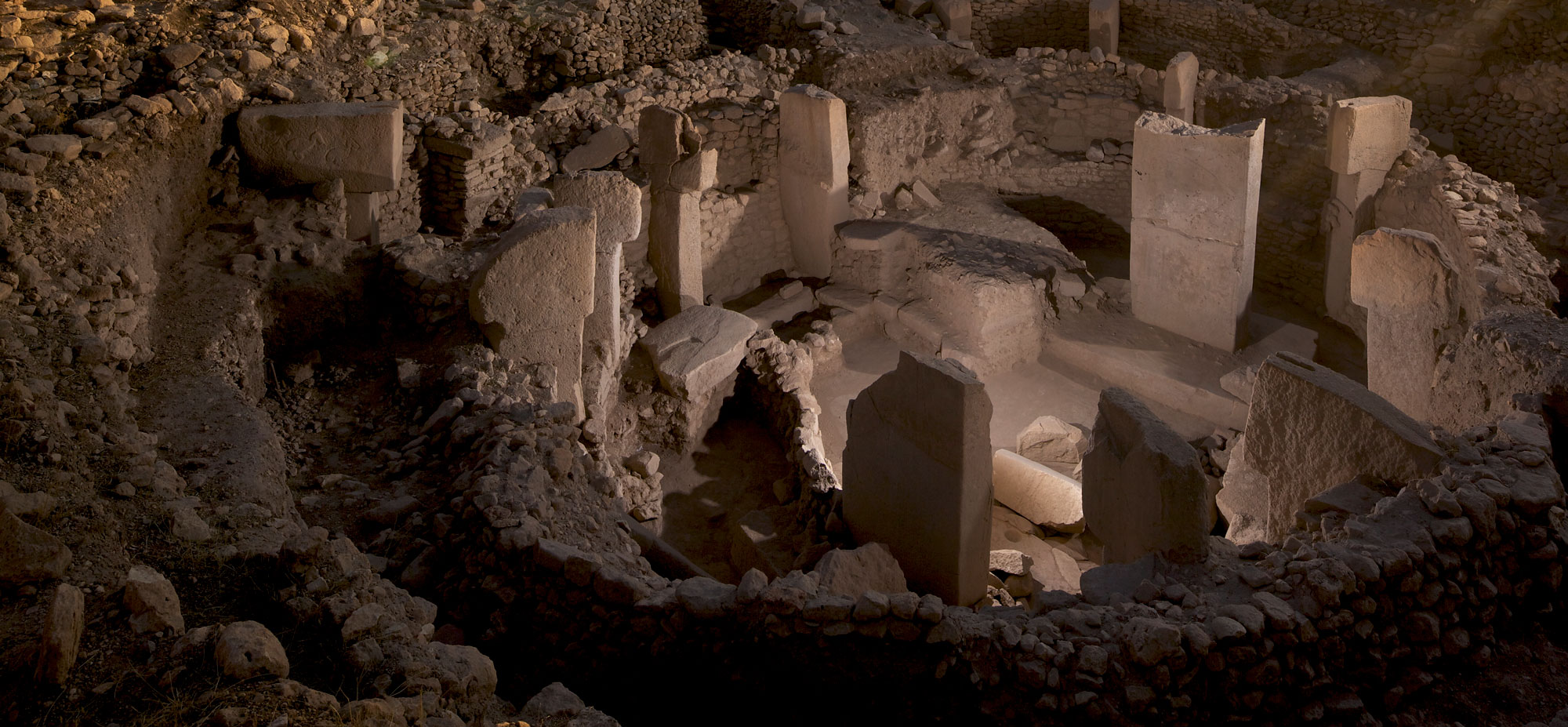
SHIJIAZHUANG, CHINA—According to a Science Magazine report, paleontologist Qiang Ji of Hebei GEO University and his colleagues have examined a hominin skull discovered on the banks of the Songhua River in northeastern China in 1933. The Chinese man who reportedly uncovered the skull had been forced to labor on a bridge construction project by Japan’s occupation forces. He wrapped the cranium and hid it in a well, eventually revealing its location to his grandchildren, who retrieved it and donated it to Hebei GEO University. Geochronologist Rainer Grün of Griffith University analyzed sediments in the skull’s nasal cavities, and linked them to sediment layers on the riverbank dated to between 138,000 and 309,000 years ago. Uranium series dating of the bone suggests it is 146,000 years old. Paleoanthropologist Xijun Ni of the Chinese Academy of Sciences and Heibei GEO University said the massive skull held a brain similar in size to that of modern humans, but with larger, squarish eye sockets. The skull also features thick brow ridges, a wide mouth, and a huge molar. The researchers compared measurements of the skull with other Homo skulls, jaws, and teeth, and concluded the specimen could be a Denisovan, or perhaps even a new species, dubbed Homo longi, from the Chinese word for “dragon.” The scientists have not yet attempted to extract DNA from the remains for genetic analysis. Read the original scholarly article about this research in The Innovation. To read about another early Homo species, go to "Homo sapiens, Earlier Still," one of ARCHAEOLOGY's Top 10 Discoveries of 2017.










